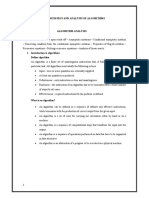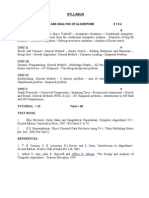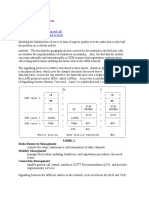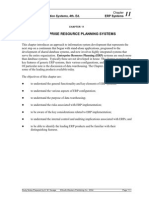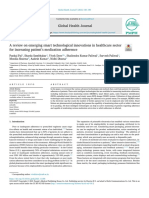0% found this document useful (0 votes)
22 views28 pagesEfficiency of Algorithm
The document provides an overview of algorithm analysis, focusing on efficiency in terms of time and space. It discusses various notations such as Big O, Big Theta, and Big Omega, which describe the performance of algorithms in worst-case, average-case, and best-case scenarios. Additionally, it analyzes specific algorithms like linear and binary search, highlighting their time and space complexities.
Uploaded by
Masila ManiCopyright
© © All Rights Reserved
We take content rights seriously. If you suspect this is your content, claim it here.
Available Formats
Download as PPTX, PDF, TXT or read online on Scribd
0% found this document useful (0 votes)
22 views28 pagesEfficiency of Algorithm
The document provides an overview of algorithm analysis, focusing on efficiency in terms of time and space. It discusses various notations such as Big O, Big Theta, and Big Omega, which describe the performance of algorithms in worst-case, average-case, and best-case scenarios. Additionally, it analyzes specific algorithms like linear and binary search, highlighting their time and space complexities.
Uploaded by
Masila ManiCopyright
© © All Rights Reserved
We take content rights seriously. If you suspect this is your content, claim it here.
Available Formats
Download as PPTX, PDF, TXT or read online on Scribd
/ 28
